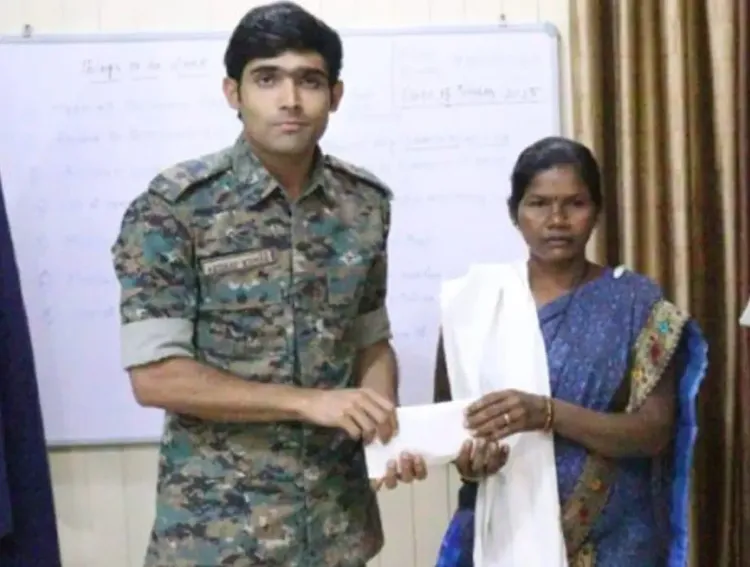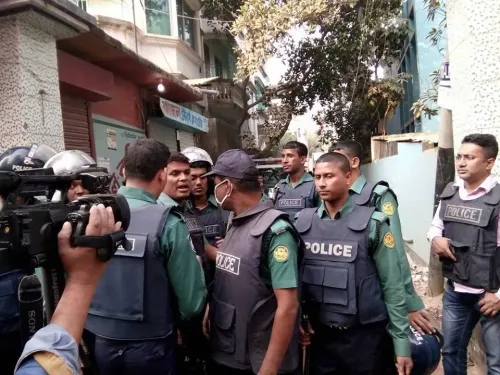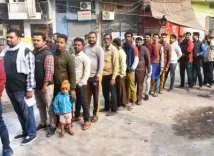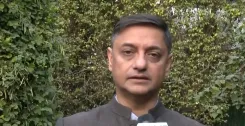What Led to the Surrender of a Female Maoist Commander in Kondagaon?

Synopsis
Key Takeaways
- Geeta's surrender marks a significant shift in the insurgency landscape.
- The Chhattisgarh government offers financial incentives for surrendering insurgents.
- Increased anti-Naxal operations have led to notable defections.
- The surrender highlights the effectiveness of state-led outreach.
- Rehabilitation programs are crucial for reintegrating former militants.
Raipur, Oct 15 (NationPress) In a remarkable turn of events in the battle against left-wing extremism, Geeta, known as Kamli Salam, a female Maoist commander operating in Kondagaon district, surrendered to law enforcement on Wednesday.
Geeta, who served as the Tailor Team Commander in the East Bastar Division, laid down her weapons in front of Superintendent of Police Y Akshay Kumar, indicating a significant transformation in the area's insurgency dynamics.
The Chhattisgarh government had previously placed a bounty of Rs 5 lakh on Geeta, highlighting her significance within the Maoist hierarchy. Her surrender is viewed as a consequence of various factors, including escalated anti-Naxal initiatives, internal conflicts within the group, and the recent capitulation of several senior leaders.
As per police reports, these circumstances were instrumental in Geeta’s choice to forsake violence and reintegrate into society.
Upon her surrender, Geeta received an immediate incentive of Rs 50,000 under the Chhattisgarh Naxalism Eradication Policy.
She will also qualify for additional support under the state’s rehabilitation program, which aims to assist former insurgents in reestablishing their lives through financial aid, vocational training, and social services.
Authorities have confirmed that the process to provide these benefits is currently in motion.
Geeta’s surrender is celebrated as a morale booster for security forces and a possible trigger for more defections from the Maoist ranks.
Her choice to abandon militancy not only illustrates the growing influence of state-driven outreach and counter-insurgency strategies but also signifies a transformation in the ideological commitment of lower-tier members.
The district administration has reiterated its dedication to aiding surrendered individuals in reconstructing their lives.
As Chhattisgarh continues to confront the challenges posed by insurgency, acts of reintegration like this provide a beacon of hope for lasting peace and stability in the area.









